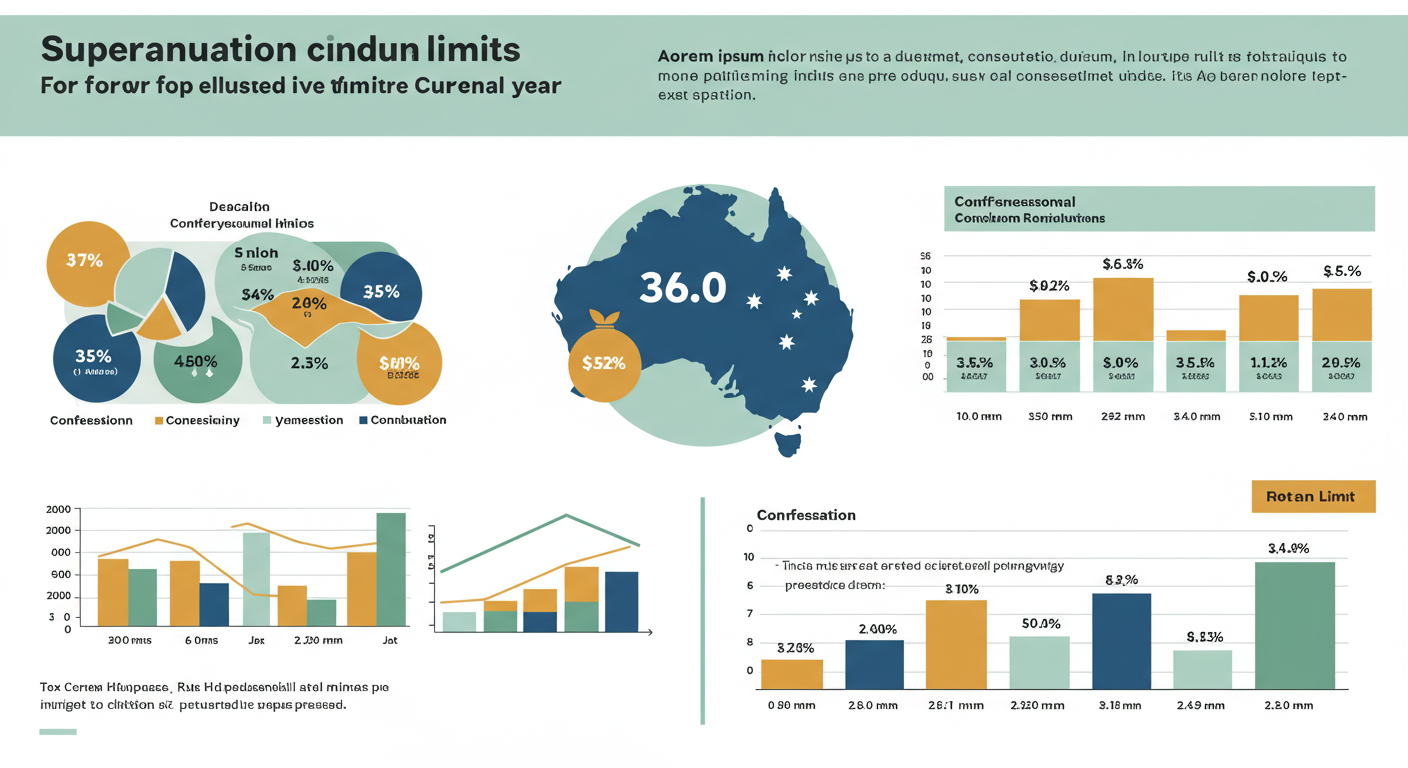Pull up a chair and let’s have an honest conversation about debt management strategies that actually work for Australian families.
Picture this: It’s 2 AM, you’re lying in bed, and that familiar knot in your stomach is back. You’re thinking about the credit card statement sitting on your kitchen counter, the personal loan payment due next week, and wondering how you got here. Sound familiar?
If you’re nodding right now, you’re not alone. In my twenty-five years as a financial advisor helping Australian families, I’ve sat across from countless people who felt overwhelmed by their debt. The good news? There are proven debt management strategies that can get you out of this mess, and they don’t require a miracle – just the right approach and a bit of determination.
Understanding the Australian Debt Crisis: Why You Need Debt Management Strategies
Let’s start with some honesty about debt management in Australia. According to recent data from the Australian Bureau of Statistics, the average Australian household holds over $170,000 in debt. Now, that includes mortgages, but even when we strip those out, credit card debt and personal loan debt are sitting at record levels.
I remember meeting with the Thompson family last year. Mark and Sarah, both teachers, had accumulated $45,000 in credit card debt across four different cards. “We didn’t even realise how bad it had gotten,” Sarah told me, tears in her eyes. “We were just making minimum payments, thinking we were managing fine.”
Here’s the thing that most people don’t understand: minimum payments on credit cards are designed to keep you in debt. They’re not your friend. If you’re only making minimum payments on a $10,000 credit card debt at 20% interest, you’ll be paying it off for over 30 years and fork out more than $28,000 in total.
Essential Debt Management Strategies: Understanding Your Options
Before we dive into specific debt management strategies, let’s identify what we’re dealing with. Not all debt is created equal, and different types require different approaches.
Credit Card Debt Management is crucial because it’s the sneaky one. It’s revolving debt with high interest rates (typically 13-25% in Australia), and it’s way too easy to accumulate. The convenience of “tap and go” means we often don’t feel the pain until the statement arrives.
Personal Loan Debt Strategies are different because this debt is usually more structured. Fixed terms, fixed payments, and generally lower interest rates than credit cards (usually 6-18%). But here’s the catch – the monthly payments are often higher, which can strain your budget.
Buy Now, Pay Later (BNPL) Debt Management for services like Afterpay and Zip has become increasingly important. While they don’t charge interest, they can charge hefty fees if you miss payments, and they make it dangerously easy to overspend.
Each type requires a different approach, and understanding these differences is crucial to your debt management strategy.
Proven Debt Management Strategies: The Snowball vs. Avalanche Methods
Now, let’s talk about the two most effective debt management strategies for Australian families. Both approaches have their merits, and choosing the right one depends on your personality and financial situation.
The Debt Snowball Method involves paying off your smallest debts first, regardless of interest rate. You make minimum payments on everything, then throw every extra dollar at the smallest balance. Once that’s gone, you move to the next smallest debt.
Why does this work? Psychology. Humans are wired to respond to quick wins. When you eliminate that $800 store card debt in two months, you get a dopamine hit that keeps you motivated. It’s like losing those first few kilos when you start a diet – it gives you the momentum to keep going.
The Debt Avalanche Method is mathematically superior. You focus on the highest interest rate debt first, which saves you the most money in the long run. If you’re disciplined and motivated by numbers, this is your method.
I often recommend a hybrid approach. Start with the snowball method to build momentum, then switch to the avalanche method once you’ve eliminated a couple of smaller debts and built confidence.
Advanced Debt Management Strategies: Debt Consolidation in Australia
Debt consolidation can be a game-changing debt management strategy when done right. The idea is simple: combine multiple high-interest debts into one lower-interest loan. This can reduce your interest payments and simplify your life with just one payment to track.
Let me share a success story. David came to me with five different debts: three credit cards, a personal loan, and a store financing deal. His total debt was $38,000, and he was paying an average interest rate of 22%. We consolidated everything into a single personal loan at 12% interest, which saved him over $8,000 in interest payments and reduced his monthly payments by $400.
But here’s the warning: consolidation only works if you change your spending habits. I can’t tell you how many clients have consolidated their debt, only to run up their credit cards again. It’s like getting gastric band surgery but continuing to eat junk food – the tool can help, but you need to change your behaviour.
For reliable information about debt consolidation options, ASIC’s MoneySmart website provides comprehensive guidance on different consolidation strategies and what to watch out for.
Budgeting Strategies for Effective Debt Management
You can’t implement effective debt management strategies without managing your money, and you can’t manage your money without a budget. But I’m not talking about those complicated spreadsheets that make you want to throw your computer out the window.
Start with what I call the “50/30/20 reality check.” Look at your after-tax income and allocate: 50% for needs (rent, groceries, utilities, minimum debt payments), 30% for wants (entertainment, dining out, hobbies), and 20% for savings and extra debt payments
If your debt payments are eating up more than 20% of your income, you’re in the danger zone and need to take action quickly.
Use the tools available to you. The National Debt Helpline offers free financial counselling and budgeting support. These aren’t just for people in crisis – they’re for anyone who wants to get their finances on track.
Credit Card Debt Management Strategies That Actually Work
Let’s get tactical about credit card debt management. Here are the strategies I’ve seen work time and time again for Australian families:
The Balance Transfer Game: If you have good credit, you can transfer your balance to a card with a 0% introductory rate. But here’s the catch – you need to pay it off before the promotional rate expires, or you’ll be worse off than before. I’ve seen too many people get caught in this trap.
The Envelope Method (Digital Version): Set up automatic transfers to a separate savings account for each spending category. When the money’s gone, you’re done spending in that category. It’s old school, but it works.
The Two-Card System: Keep one card for emergencies only (and I mean real emergencies, not “I really need those shoes” emergencies). Use the other for regular spending, but pay it off in full every month.
The Debt Recycling Strategy: This is more advanced, but if you have equity in your home, you might be able to refinance and use the funds to pay off high-interest debt. The interest on the home loan is tax-deductible if structured correctly, but this requires professional advice.
Personal Loan Debt Management: Pitfalls and How to Avoid Them
Personal loans can be helpful debt management tools, but they’re not without risks. Here’s what to watch out for when managing personal loan debt:
The Secured vs. Unsecured Trap: Secured loans (backed by an asset) have lower interest rates but higher risk. If you can’t pay, you lose the asset. Unsecured loans have higher rates but don’t put your assets at risk.
The Honeymoon Rate Reality: Many personal loans offer low introductory rates that jump after 12-24 months. Always ask about the comparison rate, which includes all fees and charges.
The Loan Protection Insurance Scam: Banks will try to sell you insurance to cover loan payments if you can’t work. These products are often overpriced and have limited coverage. You’re usually better off with proper income protection insurance.
When Professional Debt Management Help Is Needed
Sometimes, despite implementing various debt management strategies, we need professional help. There’s no shame in this – it’s actually a sign of wisdom. Here are the red flags that indicate you should seek professional debt management assistance:
You’re only making minimum payments on multiple debts, you’re using credit cards to pay for necessities, you’re borrowing money to make debt payments, you’re losing sleep over your financial situation, or you’re avoiding opening bills or checking account balances
Australia has excellent free resources for debt management. Financial Counselling Australia can connect you with qualified financial counsellors who provide free, confidential debt management advice. These aren’t salespeople – they’re trained professionals whose only goal is to help you get back on track.
The Psychology Behind Successful Debt Management Strategies
Let’s talk about something that most financial advisors skip when discussing debt management strategies – the emotional aspect of debt. Debt doesn’t just affect your wallet; it affects your mental health, relationships, and overall quality of life.
I’ve seen marriages strain under the weight of debt. I’ve watched confident people become anxious and withdrawn. The stress of debt can manifest in physical symptoms – headaches, insomnia, digestive issues.
But here’s what I’ve also seen: the incredible relief and confidence that comes when people successfully implement debt management strategies and take control of their debt. It’s like watching someone emerge from a dark tunnel into sunlight.
Building Your Support Network
Debt management isn’t a solo sport. You need support, and that support comes in many forms:
Professional Support: Financial advisors, accountants, and financial counsellors can provide expert guidance tailored to your situation.
Family Support: If you’re married or in a relationship, both partners need to be on board. Financial infidelity (hiding spending or debt) is a relationship killer.
Community Support: Online forums, local support groups, and even friends who’ve been through similar challenges can provide motivation and practical tips.
Technology Tools for Modern Debt Management Strategies
We live in a digital age, and there are fantastic technology tools available to support your debt management strategies:
Budgeting Apps: Apps like Pocketbook, YNAB (You Need A Budget), and even basic banking apps can help track spending and identify areas for improvement.
Debt Tracking Tools: Spreadsheets work, but dedicated debt tracking apps can visualise your progress and keep you motivated.
Automatic Savings: Set up automatic transfers to savings accounts for emergencies and debt payments. If you don’t see the money, you won’t spend it.
Success Stories
Let me share another success story that might inspire you. Lisa, a single mother of two, came to me with $28,000 in credit card debt spread across six cards. She was working two jobs and barely making minimum payments.
We started with the debt snowball method, focusing on her smallest card first. Within three months, she’d paid off two cards completely. The psychological boost was incredible – she actually smiled for the first time in our meetings.
We then negotiated with her credit card companies for better payment terms and lower interest rates. (Yes, you can do this – many people don’t realise that credit card companies often negotiate rather than risk you defaulting.)
Eighteen months later, Lisa was debt-free and had started building an emergency fund. The transformation wasn’t just financial – she was more confident, less stressed, and had a much better relationship with her kids.
Long-Term Debt Management Strategies for Financial Freedom
Effective debt management strategies aren’t just about getting out of debt – they’re about staying debt-free and achieving long-term financial freedom. This requires a fundamental shift in how you think about money.
Start building an emergency fund as soon as possible, even if it’s just $10 a week. This fund will prevent you from reaching for credit cards when unexpected expenses arise.
Learn to distinguish between needs and wants. That morning coffee might feel like a need, but it’s actually a want. I’m not saying you should live like a monk, but awareness is the first step to control.
Consider the true cost of purchases. That $1,000 purchase on a credit card at 20% interest, if you only make minimum payments, will actually cost you over $2,000. Is it worth it?
Your 5-Step Debt Management Action Plan
Here’s what I want you to do right now:
First, face the reality by gathering all your statements and adding up exactly what you owe. Yes, it might be scary, but you can’t fix what you don’t acknowledge. Second, choose your strategy by deciding whether you’ll use the debt snowball or avalanche method based on your personality and motivation style. Third, create your budget using the 50/30/20 framework as a starting point and adjust based on your situation. Fourth, set up automatic payments to automate your minimum payments to avoid late fees, then manually add extra payments to your target debt. Finally, get support whether it’s professional help, family support, or online communities, don’t go it alone.
Implementing effective debt management strategies isn’t about perfection – it’s about progress. There will be setbacks, unexpected expenses, and moments of frustration. That’s normal and expected.
What matters is that you start using these debt management strategies today. Every dollar you pay toward debt is a dollar less you’ll pay in interest. Every month you stick to your budget is a month closer to financial freedom.
Remember, the goal of any debt management strategy isn’t just to be debt-free – it’s to build a life where money is a tool that helps you achieve your dreams, not a source of stress that keeps you awake at night.
Take it one day at a time, celebrate small victories, and don’t be afraid to ask for help when you need it. You’ve got this, and I believe in you.
Now, let’s get started on your journey to financial freedom. The coffee’s getting cold, but your future is getting brighter.














